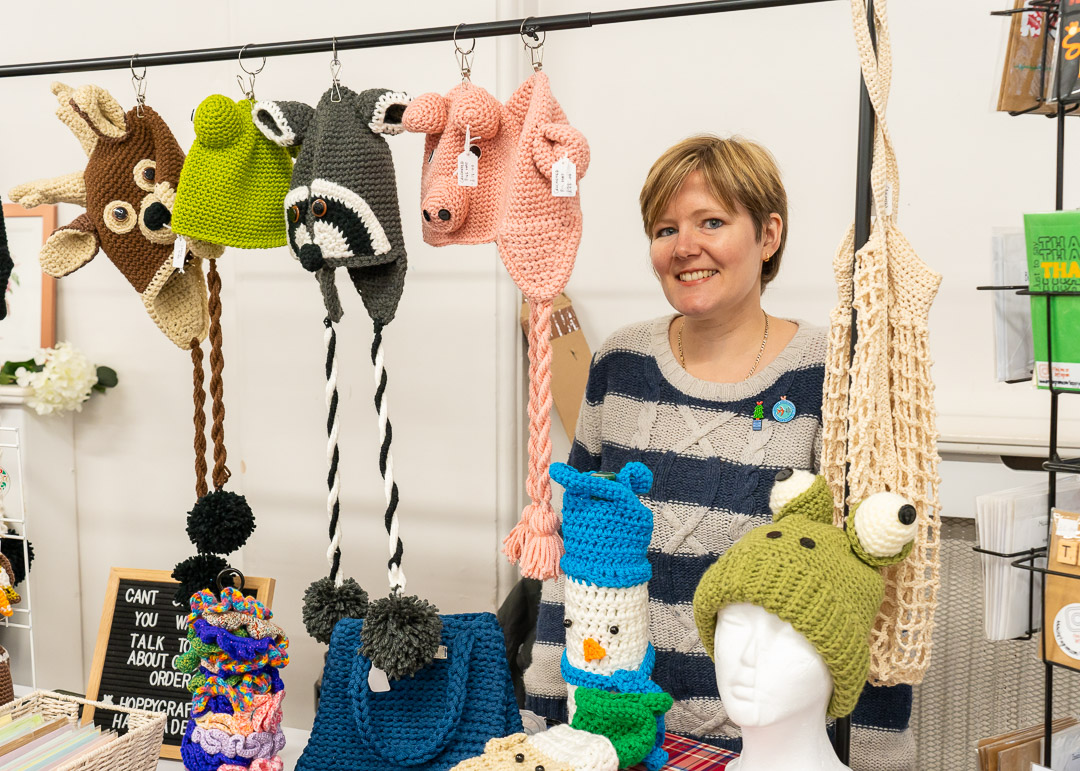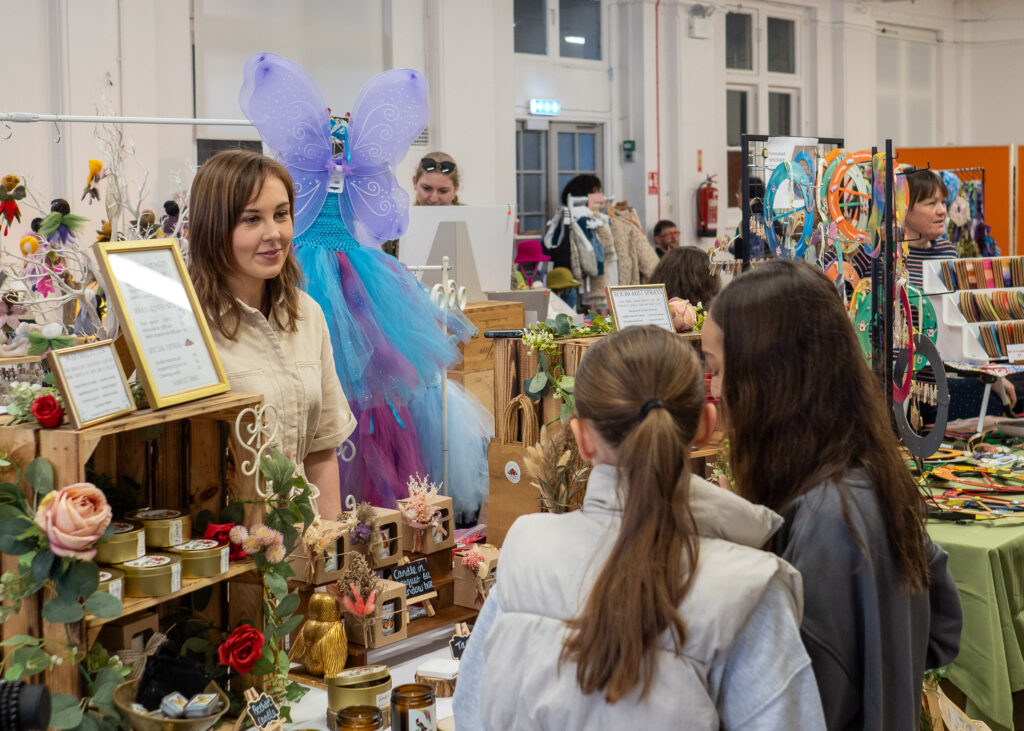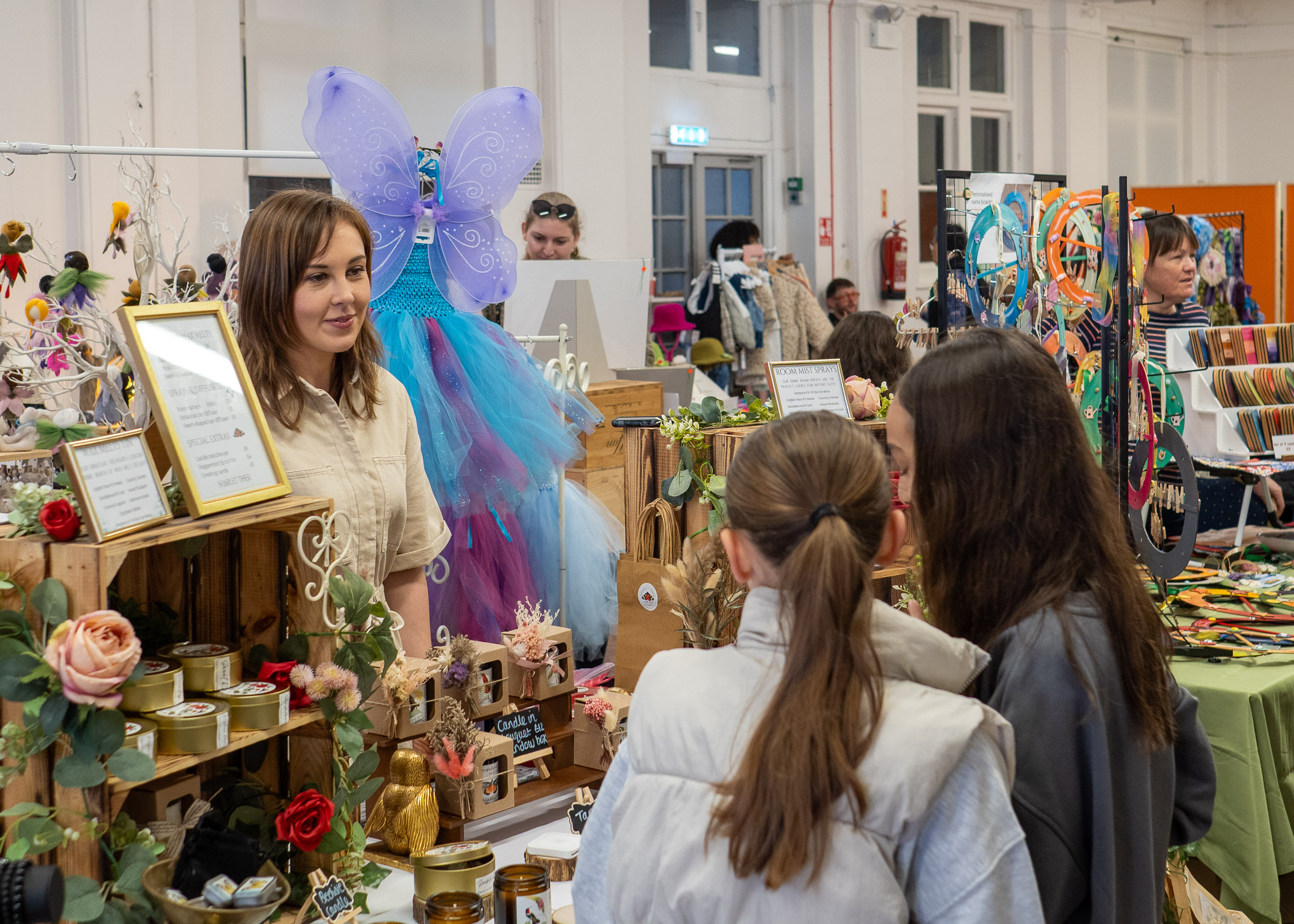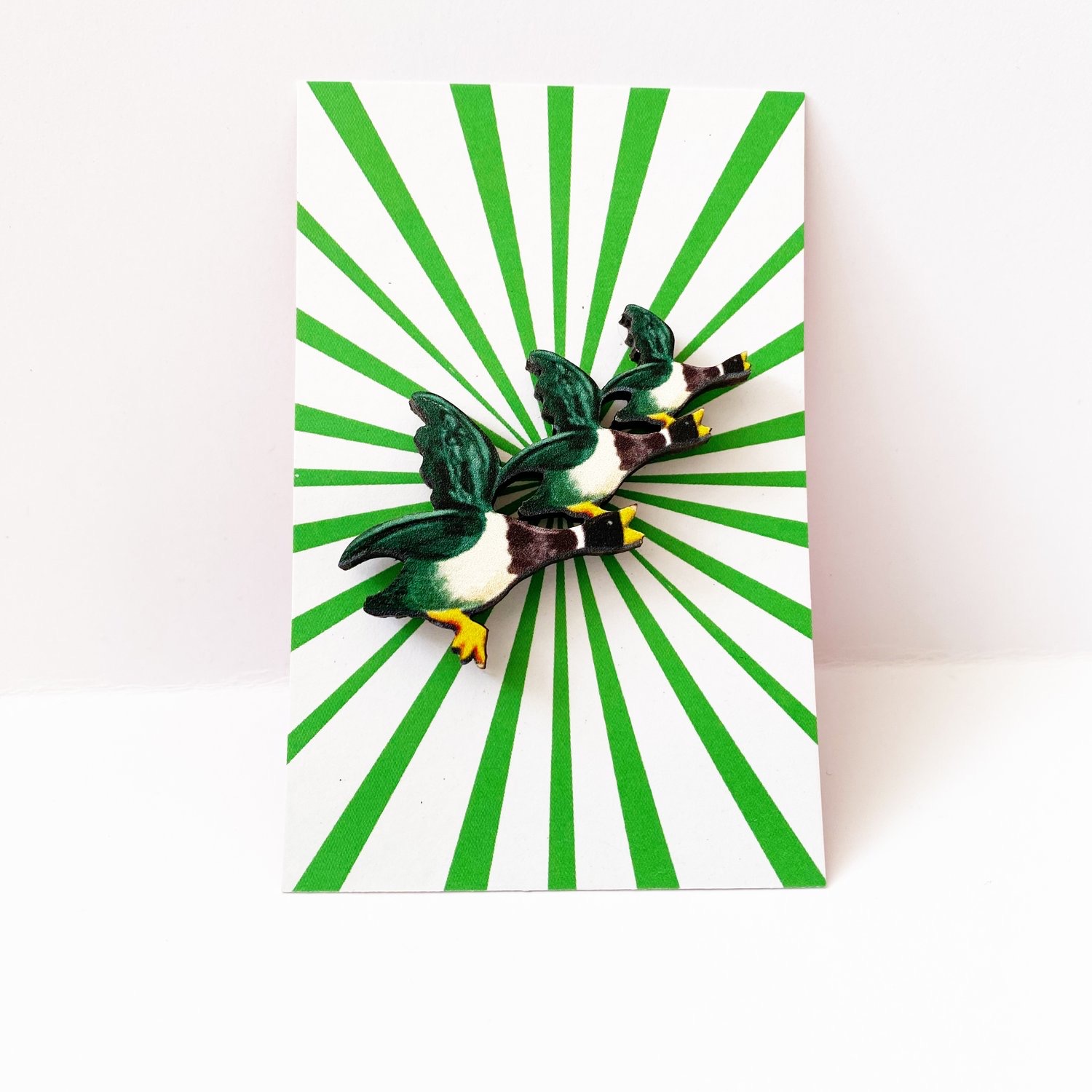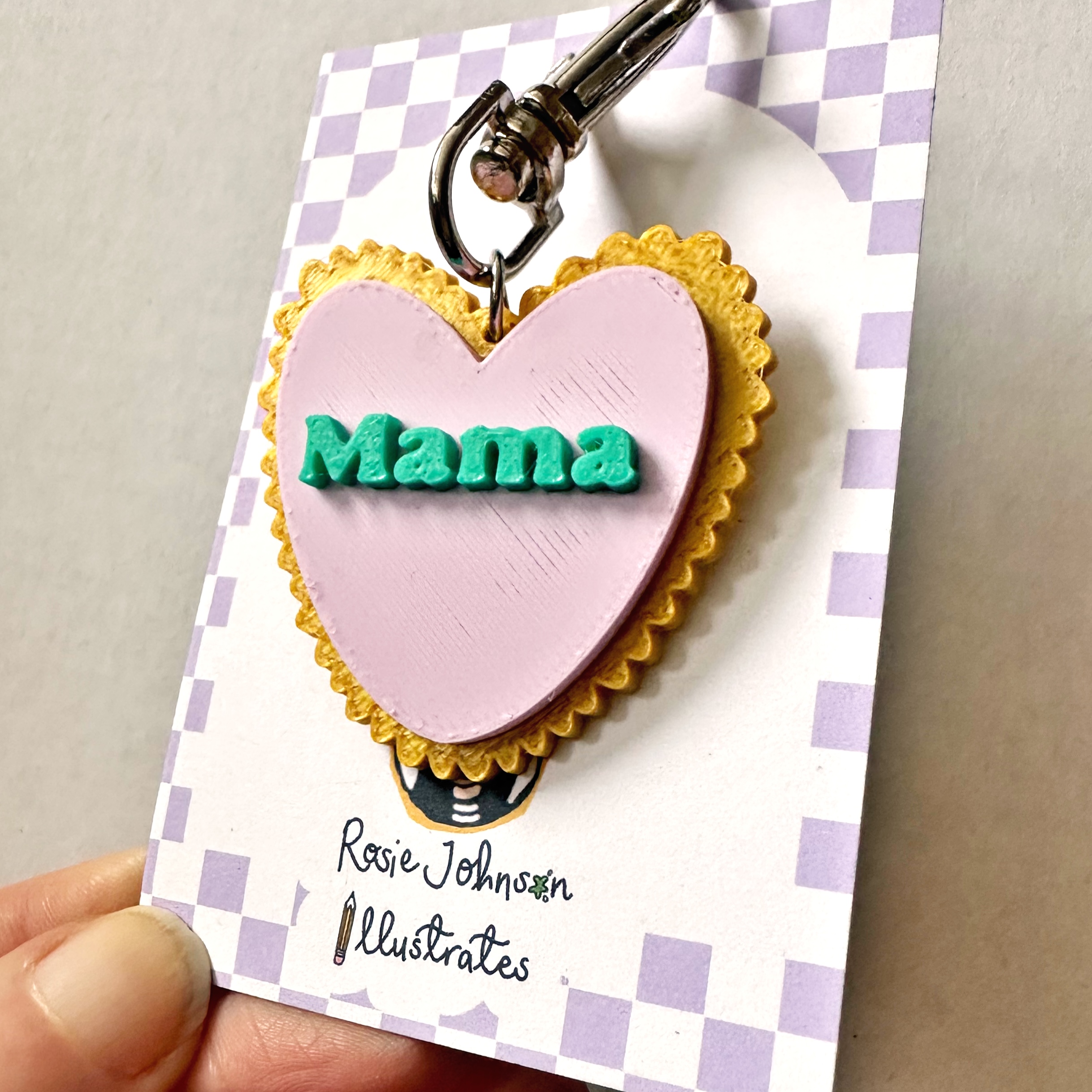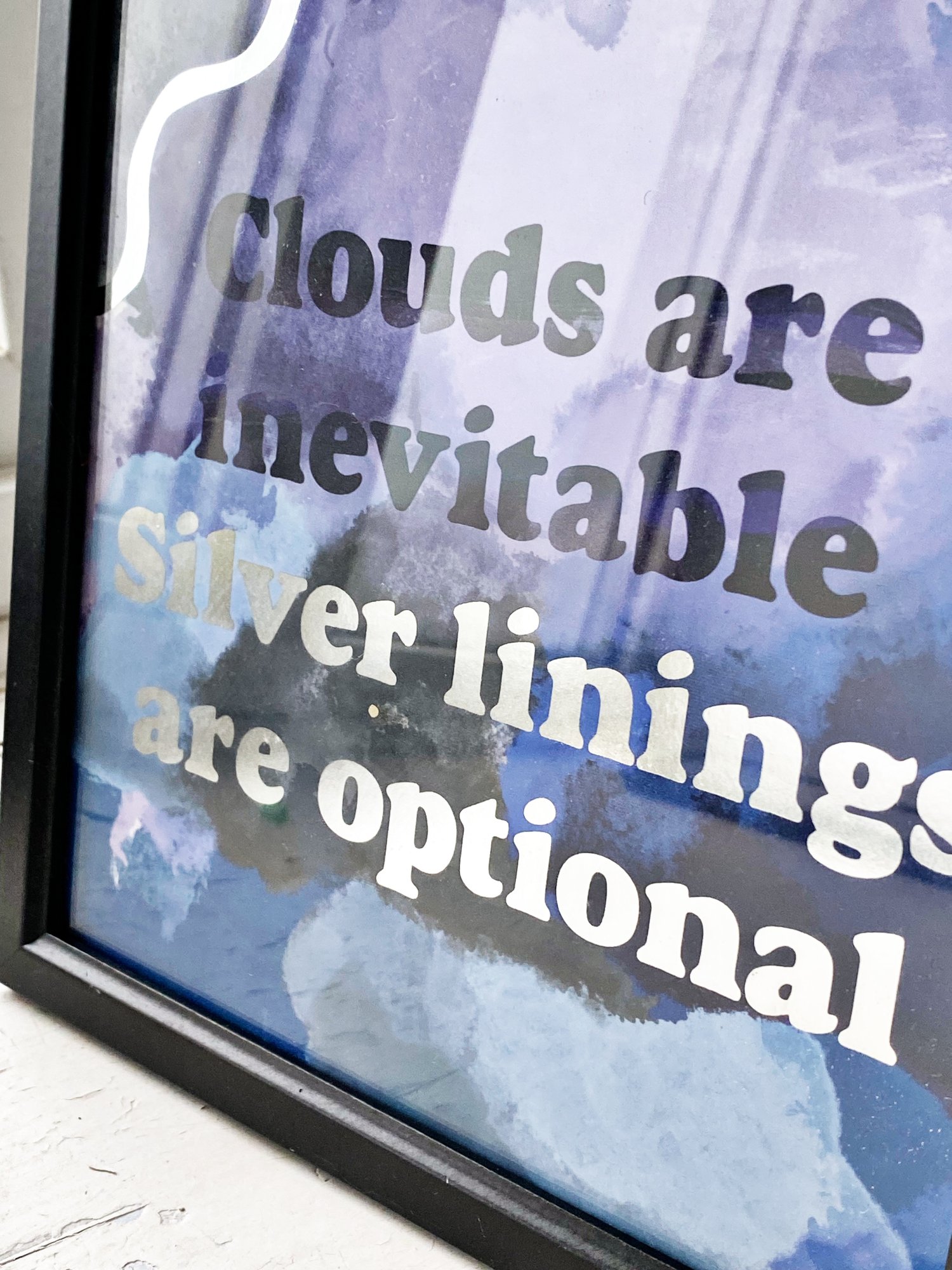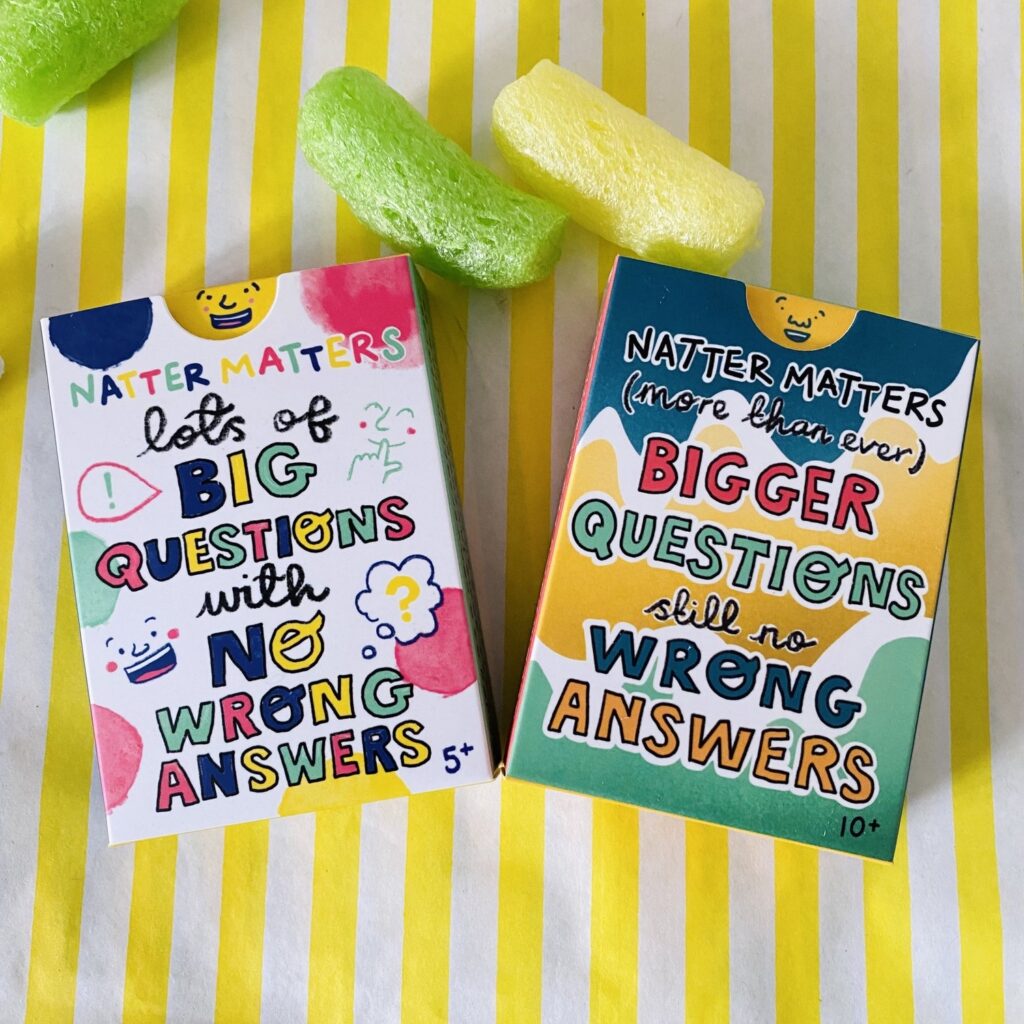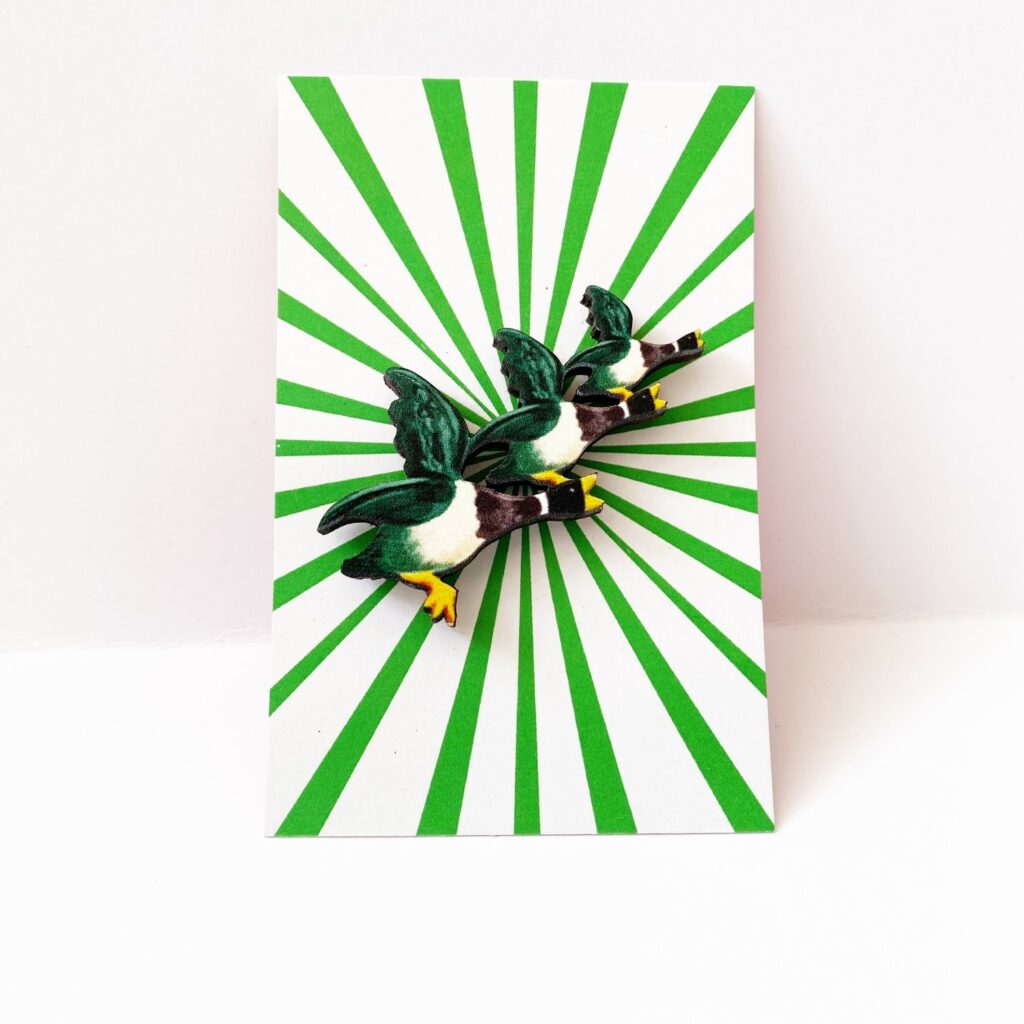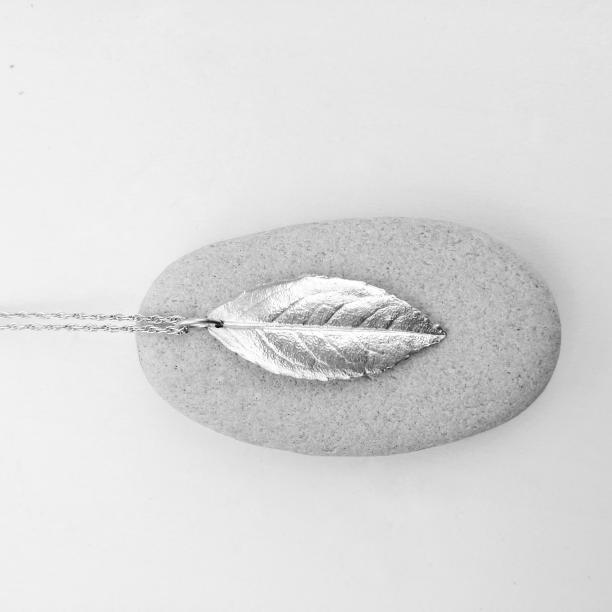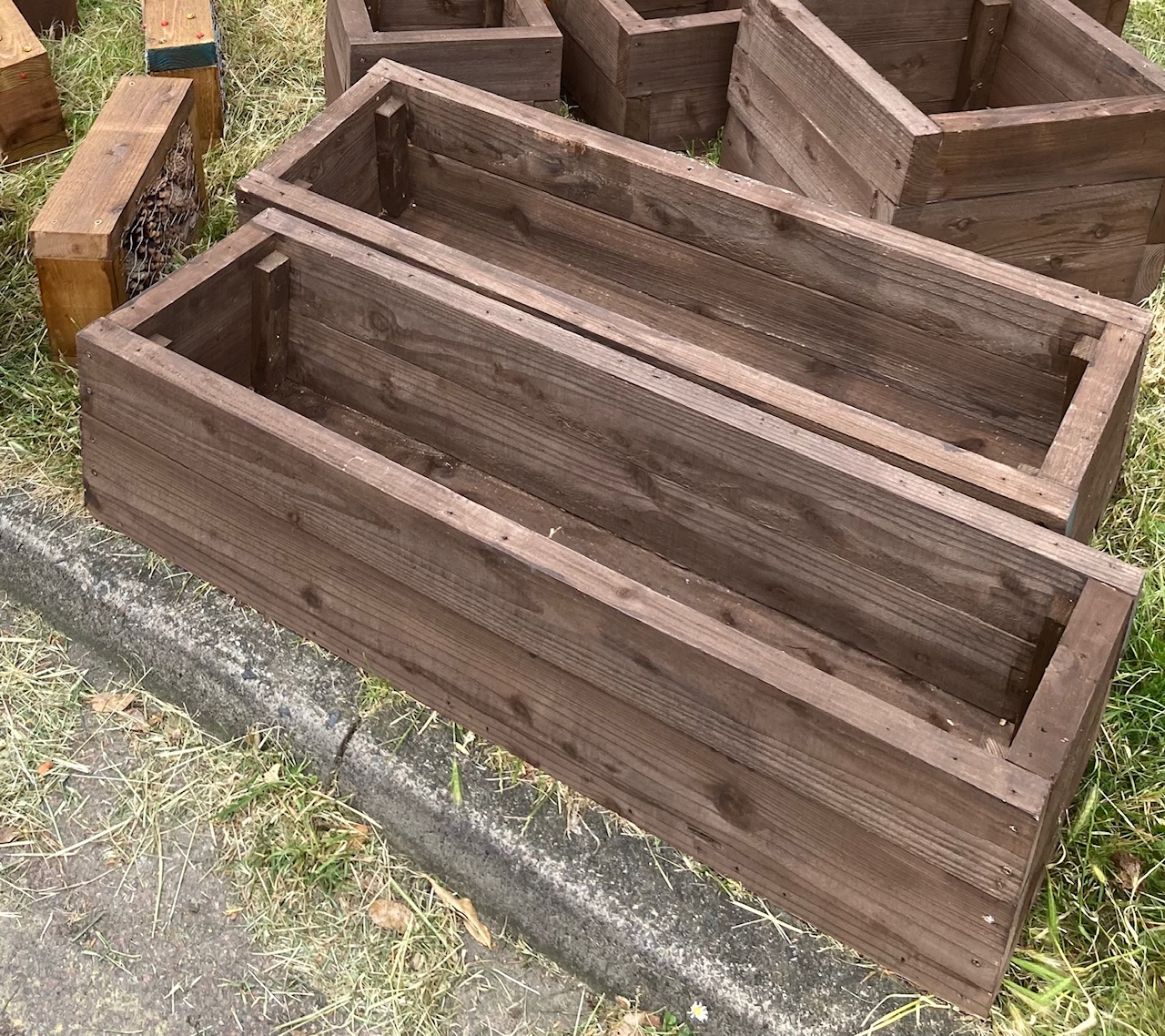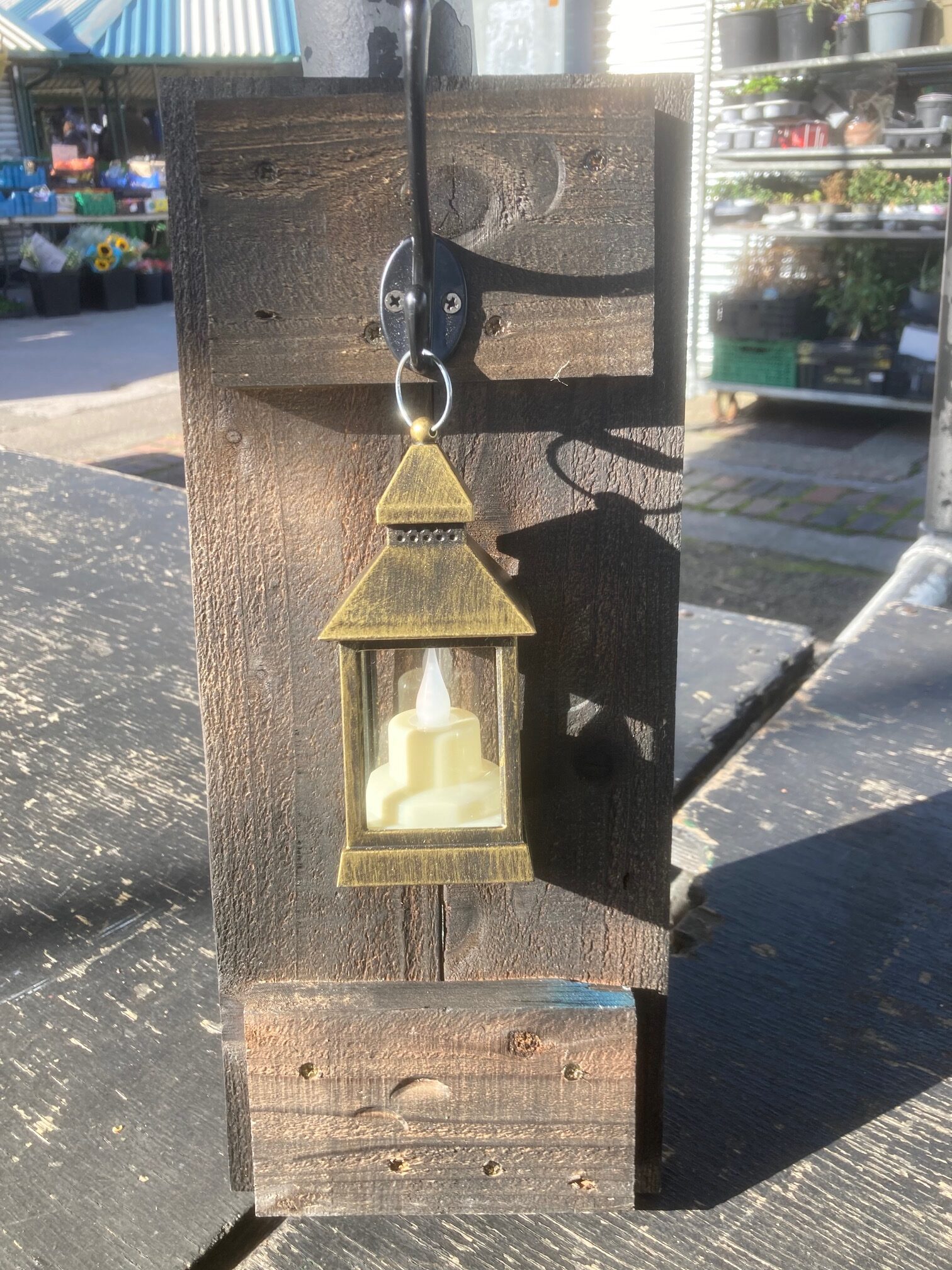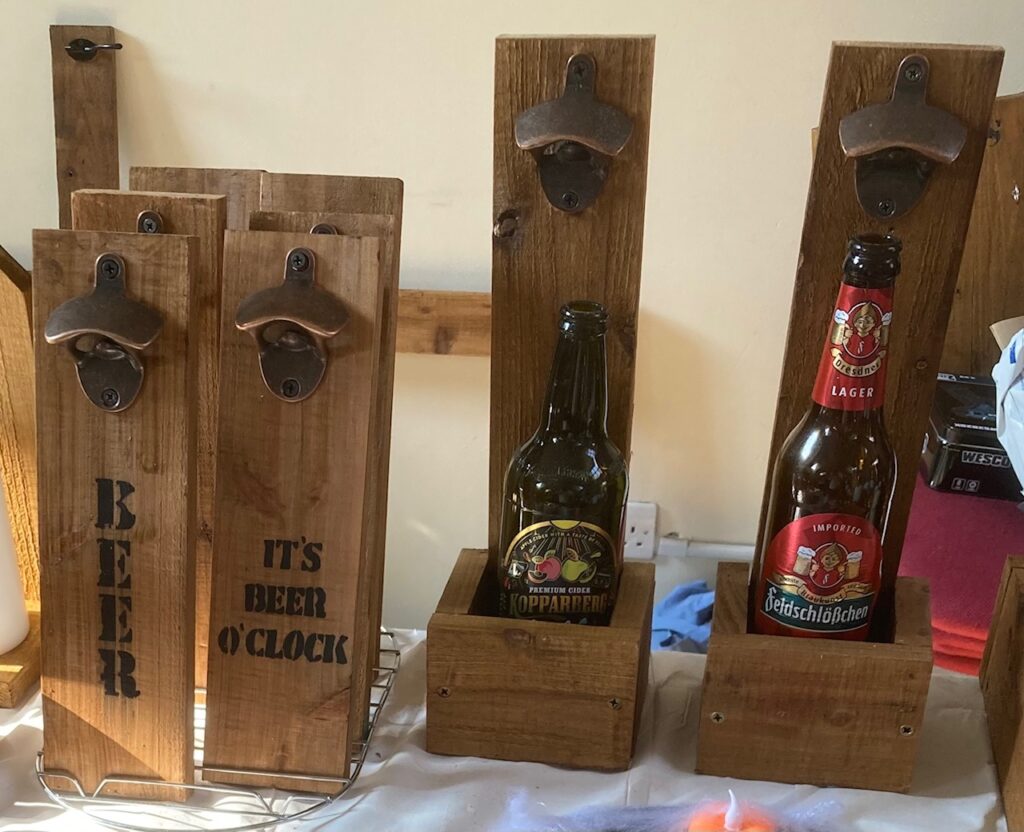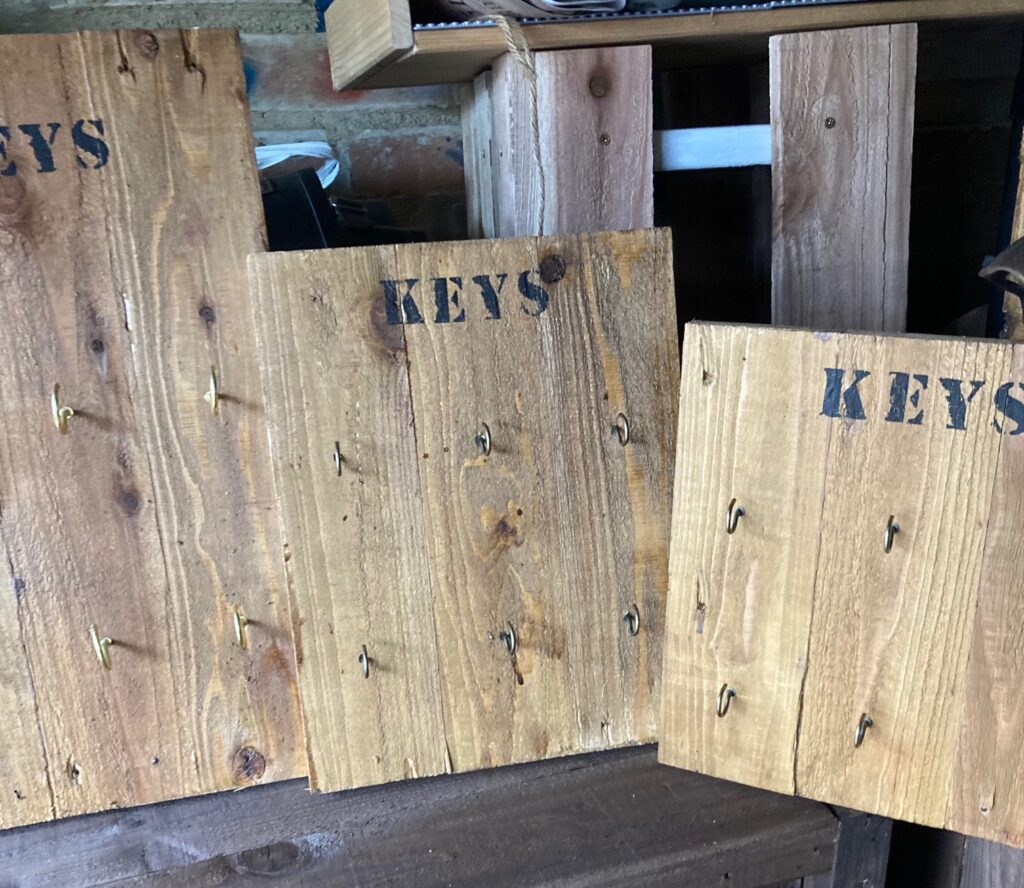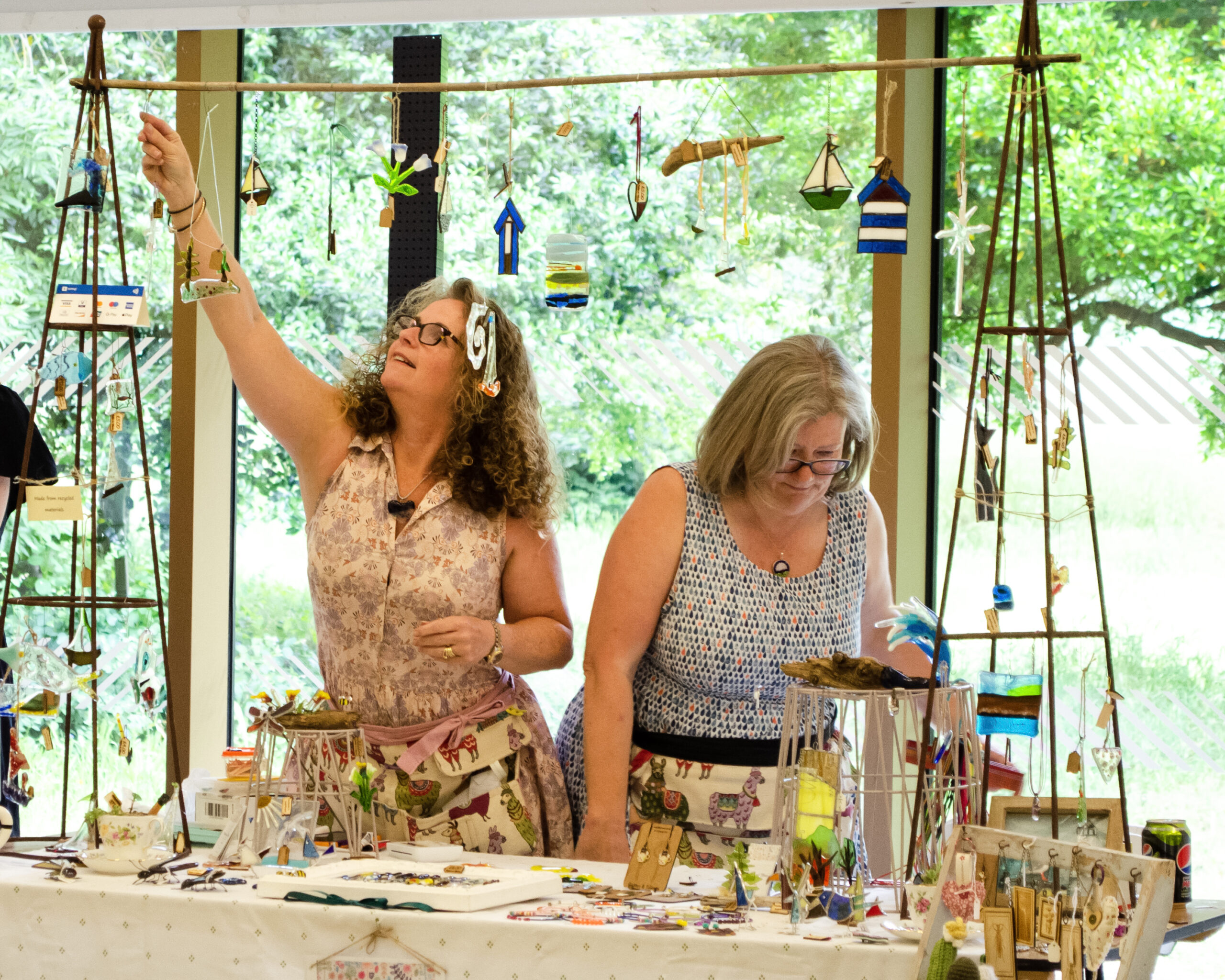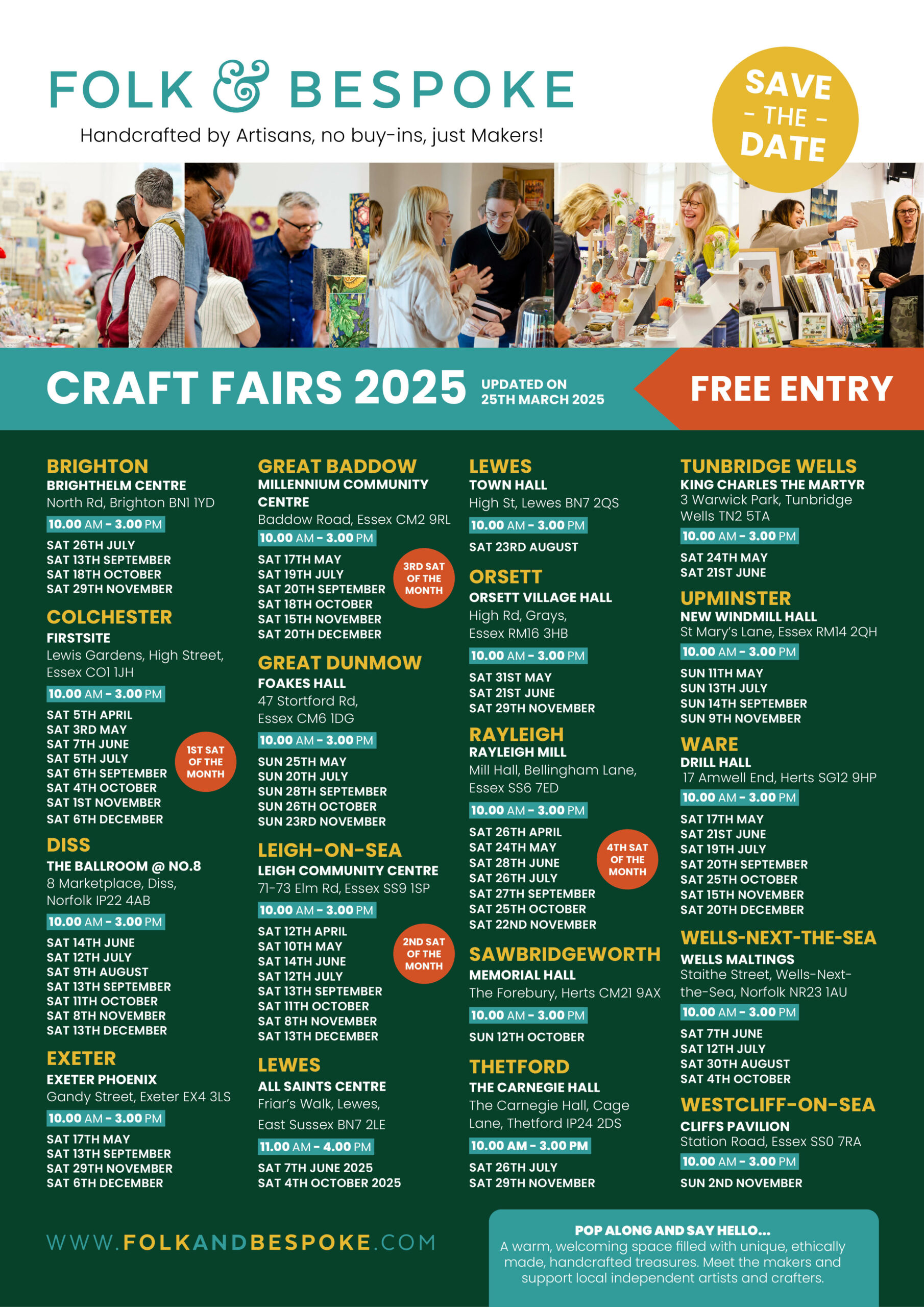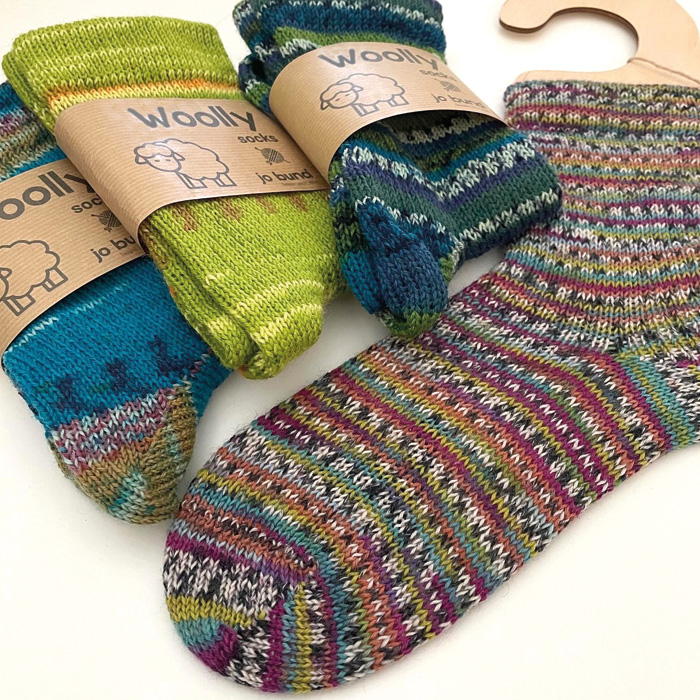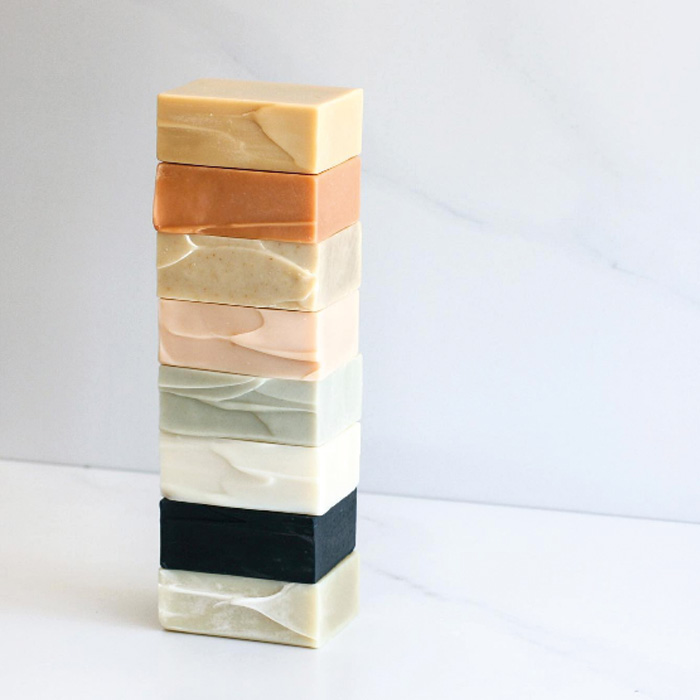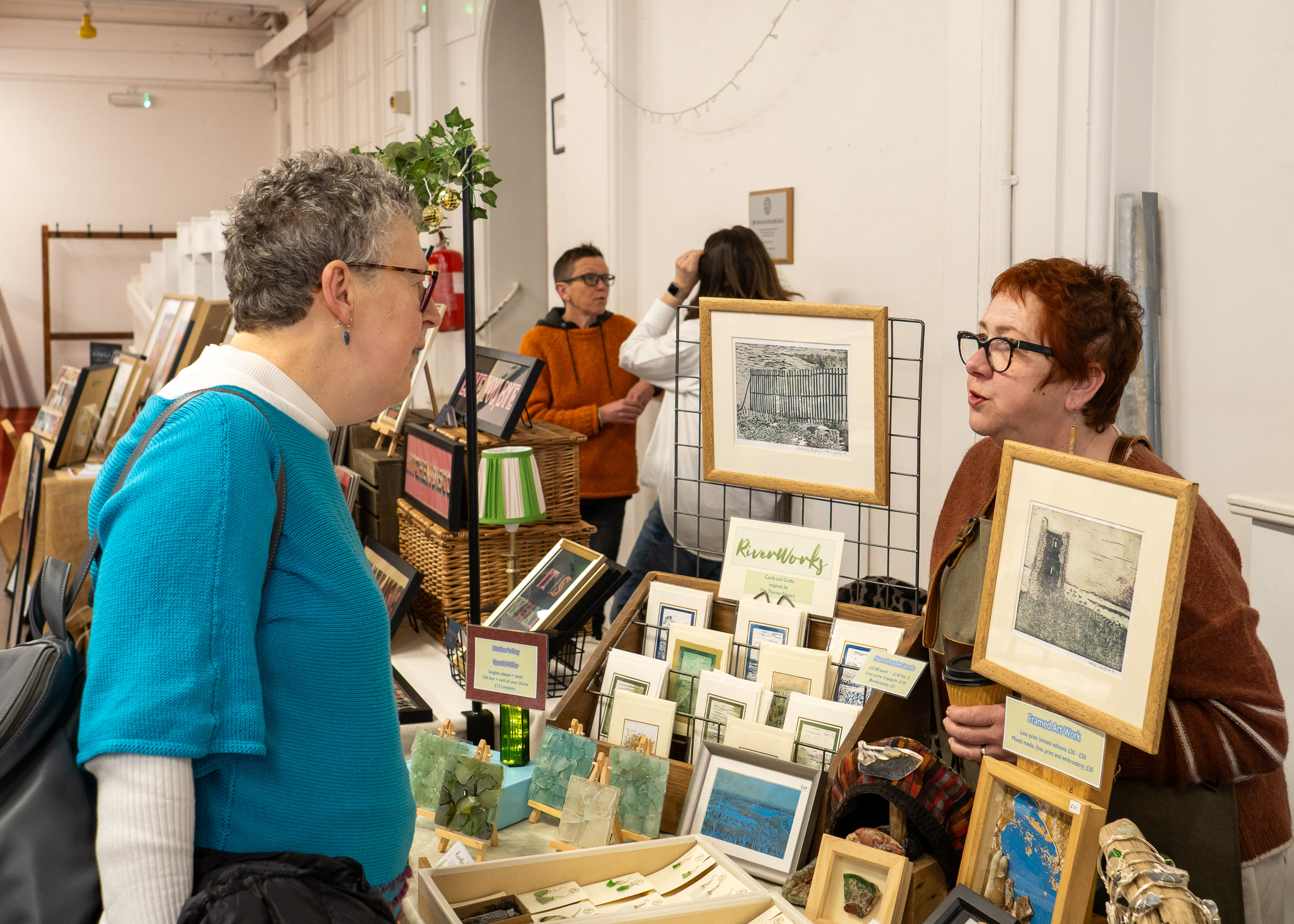
What to Do If Your Client Thinks You’re Too Expensive: 8 Ways to Respond

Do you find yourself worried that your creative products or services are too expensive? Perhaps you’re not selling as much as you’d like, and your clients are saying your prices are too high?
You’re definitely not alone. Many creatives face the same challenges. But don’t fret – there are plenty of ways to respond to this common objection.
Here are eight thoughtful responses that can help you navigate this situation with confidence and poise.
Response 1: Embrace Silence
Sometimes, silence speaks louder than words.
If a client claims your prices are too high, don’t feel compelled to defend yourself. Often, saying nothing at all can be the most powerful response.
Seasoned negotiators frequently use this tactic. In fact, when you stay quiet, your client might feel uncomfortable and start to backtrack, revealing more about their concerns. Stay calm, smile, and let the silence do the talking. They might not fully understand the value yet – let them explore their thoughts.
Response 2: Agree With Confidence
Try this one: “Yes, you’re right!”
Of course, you’ll need to deliver it with a warm, confident tone.
The reality is, your work is expensive – because it’s worth it. You’ve spent years honing your craft, sourcing quality materials, and perfecting your creative process. You’re not just selling a product; you’re offering a piece of your expertise and passion.
But maybe your client just doesn’t understand the true value of your work yet. Instead of feeling frustrated or defensive, seize this moment to educate them. Show them what goes into making your work unique. Explain the years of experience and skill you bring to the table.
Response 3: Inquire With Curiosity
If a client claims your prices are too high, you could ask: “What makes you say that?”
The key here is your tone – keep it friendly and inquisitive, not combative. This opens up a conversation and lets you uncover the real reasons behind their hesitation. Are they not aware of the materials and time involved in creating your pieces? Or are they just not ready to make a purchase yet?
Listening to their concerns is a great opportunity to educate them, clear up any misconceptions, and possibly adjust your presentation to make the value of your work more apparent.
Response 4: Discover Their Budget
Try asking, “What’s your budget?”
If they’re considering your work, they probably have a budget in mind. Finding out what it is will give you the chance to offer solutions within their range. You could suggest alternatives or present a similar item at a lower price point.
It’s also a great way to gauge how serious they are about purchasing. If they can’t commit to a budget, they might not be ready to buy. But if they give you a figure, you’ll know exactly how to proceed.
Response 5: Check Your Assumptions
Ask yourself: Has the client really said that? Or was that just your own fear speaking?
Often, we internalize doubts that aren’t actually shared by others. Don’t let your own insecurities shape how you price your work. You are not your customer. Just because you might struggle with pricing doesn’t mean your work is overpriced.
If you’ve found yourself underpricing in the past, it’s time to work on your money mindset. Books like Overcoming Underearning by Barbara Stanny and Resilience by Mark McGuinness can help shift your thinking about money and your worth.
Response 6: Consider Cost as an Excuse
Is the “too expensive” remark just a convenient excuse?
Sometimes, clients will use price as a way to avoid making a decision. Maybe they’re not sure about the purchase for another reason – they need time to think, or they’re comparing other options.
Dig a little deeper. Ask questions like, “Is this for a special occasion?” or “Are you certain this is the right piece for you?” If they’re hesitant, it may not be about the price at all – it’s just part of their buying process.
Response 7: Assess Your Positioning
Are you selling in the right place to the right people?
Pricing is relative, and what seems expensive in one context might be perfectly reasonable in another. If you’re hearing “too expensive” often, consider whether you’re showcasing your work in places where people are willing to invest in higher-end pieces.
Perhaps it’s time to explore other markets, boutiques, or online platforms that align better with your pricing. Positioning yourself correctly can make all the difference.
Response 8: A Little Negotiation Never Hurt
Finally, remind yourself: If clients never think your prices are too expensive, maybe you’re pricing too low.
Sometimes, hearing “too expensive” is just part of the process. Some clients will always try to negotiate, and that’s okay. It’s a sign that they see value in your work, but they’re looking for some wiggle room.
In fact, if you’re not getting any objections, you might not be charging enough! So be prepared for a little back and forth, especially with trade buyers – it’s just part of doing business.
To Conclude...
So, next time a client tells you that your prices are too high, how will you respond? What approach feels right for you? Sometimes it’s about knowing your worth and being able to communicate that value effectively. And remember, there’s no one-size-fits-all answer – it’s about finding the response that aligns with your values and business goals.
Have a lovely day!
Love, Katy x
